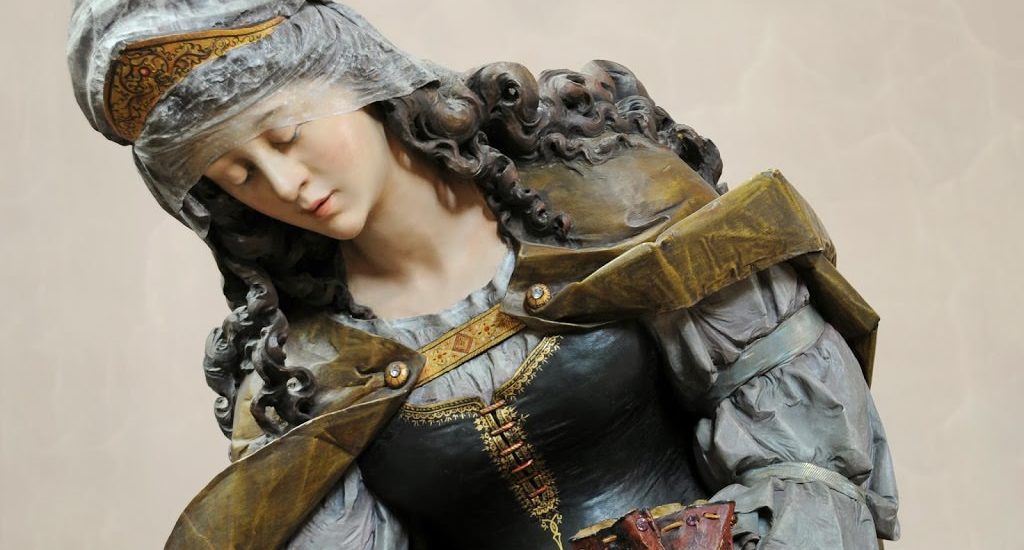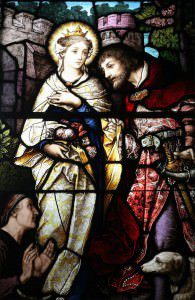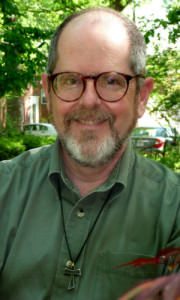St. Elizabeth of Hungary: Not One To Love Without Acting

Sometimes the lives of the saints can seem a bit dry, especially those who lived centuries ago. It’s so much easier to get excited about a Maximilian Kolbe, or an Edith Stein (Teresa Benedicta of the Cross), or a Katharine Drexel, or a John XXIII or John Paul II. They seem more real because we can see pictures of them, or video of them. And a lucky few, alive today, actually met some of them.
However, the men and women who have been “presented for the veneration of the universal Church” in centuries past are just as real, just as human, and just as holy. Their stories, without the benefit of photographs or recordings, are just as moving, and tell us a lot about how people from every generation chose extraordinary paths.
One such is Elizabeth of Hungary, born in 1207, a member of the Hungarian royal family, who was betrothed at the age of four to Ludwig IV, an 11-year-old prince of Thuringia (part of modern day Germany). She was raised at the Thuringian court so that she could learn the language and culture. She and Ludwig grew up together, became close childhood friends, even calling each other “brother” and “sister” after they were married in 1221.
In 1223, the first Franciscan friars arrived in Germany, and like so many others, the teenage Elizabeth was swept up in the story of Francis. As biographer Lori Pieper, OFS, wrote:
“Of all the songs of courtly love and chivalrous romances that Elizabeth had listened to in her life, this was the most wonderful, the one that most touched her heart. They told how Francis had renounced his wealth and given everything to the poor, how he attracted followers, how Pope Innocent III himself had been moved by the purity of their following of the Gospel and approved their rule, and how Francis and his friars went barefoot and begging throughout the world. Their words echoed everything Elizabeth was already feeling, her dissatisfaction with riches and her love for the poor. And she was not one to love without acting. She saw to it that the friars were fed and clothed so they could carry on their work. She even spun the wool for their habits herself. Not only that, she began to long to live as they did, and to experience the peace so evident in their lives.”
 Ludwig was supportive of her work for the poor. He himself is regarded as an unofficial saint in Thuringia to this day. When he was away from the kingdom, he gave her the “facultas,” the authority to carry out anything “which pertained to the work and honor of God, and promoting the salvation of souls.”
Ludwig was supportive of her work for the poor. He himself is regarded as an unofficial saint in Thuringia to this day. When he was away from the kingdom, he gave her the “facultas,” the authority to carry out anything “which pertained to the work and honor of God, and promoting the salvation of souls.”
During an especially harsh period of long winters, poor harvests, floods and pestilence, Elizabeth used this authority to distribute their personal grain harvest to the poor, and to build hospitals where she would personally tend to the sick. It was probably during this time that Elizabeth became a member of the Franciscan Third Order, known today as the Secular Franciscan Order.
Tragedy struck in 1227, when Ludwig died of a fever while travelling in Italy. When learning the news, it is reported that Elizabeth said, “He is dead. He is dead. It is to me as if the whole world died today.” At the age of 20, now a widow, Elizabeth was unable to secure her position in a court where Ludwig’s brothers seized control. Elizabeth left the court and built a hospital for the poor in nearby Malburg, where she and her companions cared for the sick until her death in 1231, at the age of 24.
Elizabeth was canonized four years later, and today is the patroness of the Secular Franciscan Order.
A long time ago, when I was a teenager like Elizabeth, I met my first Franciscan friars, chaplains at the Catholic Center at the University of Georgia. Reading her story reminded me of my own first encounter with Francis, through these wonderful men.
And isn’t that what saints are supposed to do? They shouldn’t sit up on a pedestal for us to admire. Dorothy Day (who may someday become an “official” saint) said, “Don’t call me a saint. I don’t want to be dismissed so easily.” Rather, the saints should remind us of ourselves, and of what we should strive to become. Saint Elizabeth is that reminder to me and to Secular Franciscans worldwide.
A Secular Franciscan, Patrick Martin, OFS, currently serves as the regional minister of St. Margaret Cortona region and is a member the St. Anthony of Nagasaki fraternity. Patrick is also a parishioner of St. Peter’s on Capitol Hill where he led a JustFaith group, which sparked for him an interest in global issues. In 2007, he was a founding member and, subsequently, co-chair of the Archdiocese of Washington’s Global Solidarity Committee. He has been on the Franciscan Mission Service board of directors since spring 2013.
Tagged in:

